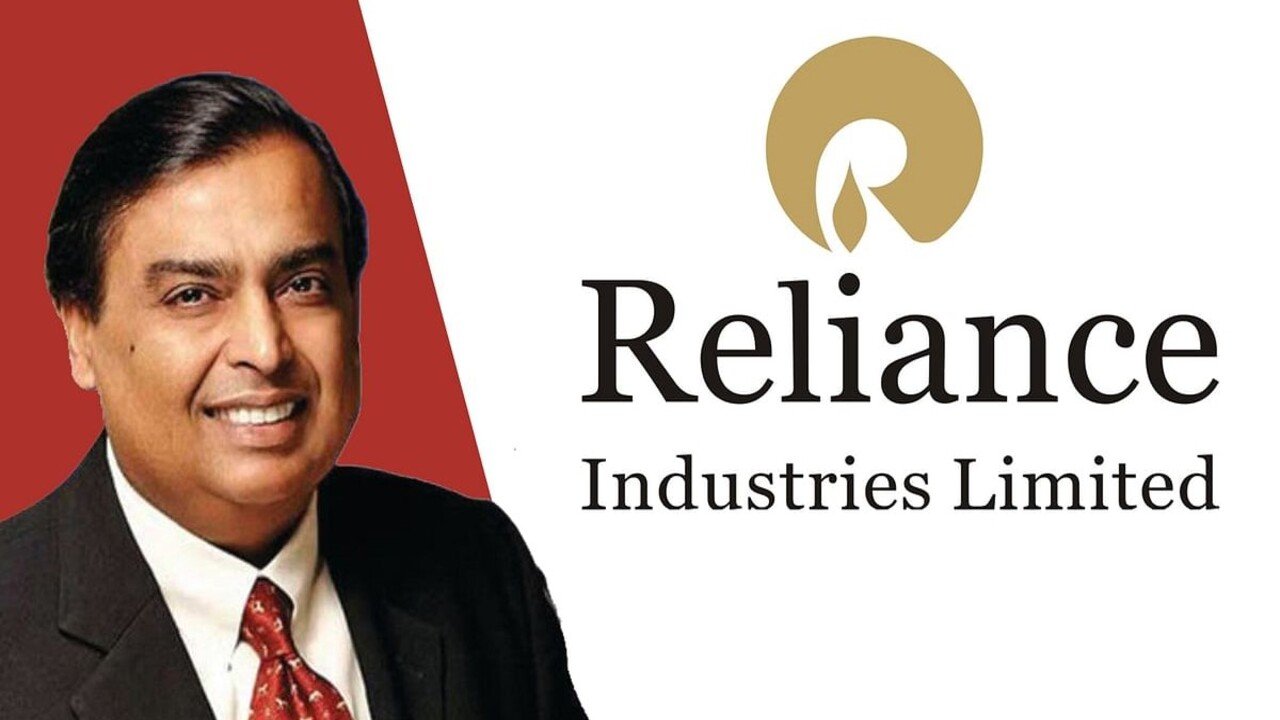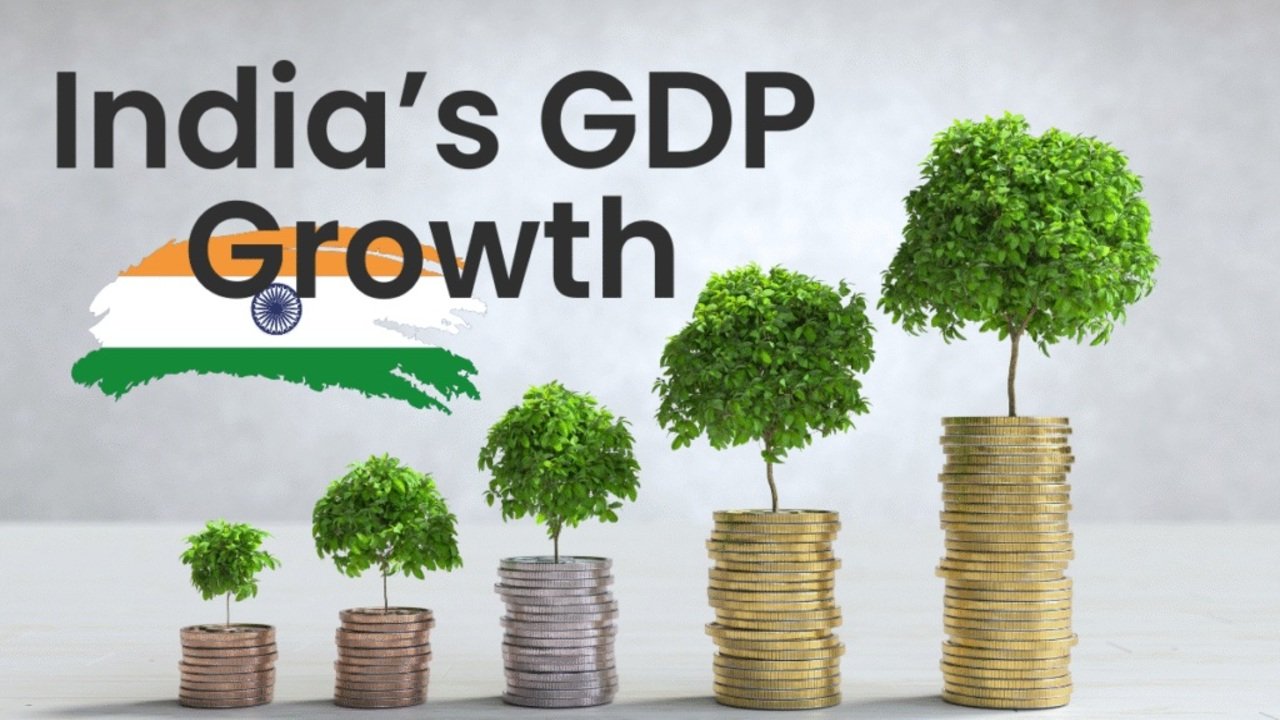Reliance Industries India’s Largest Conglomerate 2025.
Reliance Industries Limited (RIL), headquartered in Mumbai, India, stands as one of the country’s most influential conglomerates, shaping the nation’s economic landscape across multiple sectors.
Thank you for reading this post, don't forget to subscribe!Founded by Dhirubhai Ambani in 1966, RIL has grown from a modest textile trading firm into a global powerhouse with interests in petrochemicals, refining, oil and gas, retail, telecommunications, media, and renewable energy.
As of August 2025, RIL’s market capitalization exceeds ₹19.65 lakh crore (approximately $235 billion), making it India’s most valuable company.
This article explores RIL’s history, business segments, financial performance, innovations, challenges, and future outlook, complemented by a table summarizing its key business units.
The Genesis and Evolution
Reliance Industries was established by Dhirubhai Ambani, a visionary entrepreneur who began with a small yarn trading business in Mumbai. Incorporated as Reliance Textile Industries in 1966, the company initially focused on polyester and textiles, launching the iconic Vimal brand in the 1970s.
Dhirubhai’s innovative approach, including backward integration into manufacturing, laid the foundation for RIL’s growth. The company’s initial public offering (IPO) in 1977 democratized wealth creation, attracting millions of retail investors and establishing RIL as a household name.
Following Dhirubhai’s passing in 2002, his sons Mukesh and Anil Ambani took charge, with Mukesh leading RIL after a family-led demerger in 2005 that split the conglomerate into separate entities.
Under Mukesh Ambani’s leadership, RIL diversified into refining, petrochemicals, and later, telecommunications and retail, transforming it into a diversified conglomerate.
Today, RIL operates through subsidiaries like Reliance Retail, Jio Platforms, and Reliance Global Holdings, with a presence in over 100 countries.
Business Segments and Operations
RIL’s diversified portfolio spans several high-growth sectors, each contributing to its dominance:
-
Oil to Chemicals (O2C): RIL’s refining and petrochemicals business is anchored by the Jamnagar Refinery in Gujarat, the world’s largest single-location refining complex, with a capacity of 1.4 million barrels per day. The O2C segment produces fuels, polymers, and chemicals, generating ₹5,58,271 crore in revenue in FY24. It includes upstream oil and gas exploration, with fields like KG-D6 contributing 30% of India’s domestic gas production.
-
Reliance Retail: Launched in 2006, Reliance Retail is India’s largest retailer, operating 18,836 stores across 7,000+ cities as of March 2025. It spans grocery (Reliance Fresh, Smart), fashion (Reliance Trends), electronics (JioMart Digital), and e-commerce (JioMart), with a turnover of ₹3,06,786 crore in FY24. Strategic acquisitions like Future Group’s retail assets and partnerships with global brands like Burberry and Zara enhance its market leadership.
-
Jio Platforms (Telecommunications): Jio, launched in 2016, revolutionized India’s telecom sector with affordable 4G services, capturing 489.7 million subscribers by March 2025. Jio Platforms, which includes Jio Infocomm, Jio Studios, and digital ventures like Jio Mart and Jio Saavn, reported ₹1,25,259 crore in revenue. Jio’s 5G rollout, covering 85% of India’s 5G traffic, positions it as a global leader in digital connectivity.
-
New Energy: RIL’s pivot to renewable energy aligns with India’s net-zero goals by 2070. The New Energy business, under Reliance New Energy Solar Limited, aims to produce 100 GW of solar energy by 2030, with investments of ₹75,000 crore in solar, wind, and green hydrogen projects. The Dhirubhai Ambani Green Energy Giga Complex in Jamnagar is a flagship initiative.
-
Media and Entertainment: Through Network18 and Viacom18, RIL operates 70+ TV channels, including Colors and CNBC-TV18, and streaming platforms like Jio Cinema. The merger with Disney’s India business in 2024 created a ₹70,000 crore media giant, strengthening RIL’s presence in digital and linear media.
-
Other Ventures: RIL’s investments in technology startups, healthcare (Reliance Life Sciences), and agriculture (Reliance Agro) diversify its portfolio, fostering innovation and sustainability.
RIL’s operations are supported by a workforce of 3,47,362 employees and a global supply chain. Its digital platforms, including Jio Mart and My Jio, leverage AI and data analytics to enhance customer experiences, while its focus on sustainability drives initiatives like carbon capture and green energy.
Financial Performance and Market Position
Reliance Industries financial performance underscores its dominance. In FY24, RIL reported consolidated revenue of ₹10,00,122 crore, a 10% increase year-on-year, with a net profit of ₹79,020 crore. The O2C segment contributed 56% of revenue, followed by retail (31%) and telecom (12%).
As of August 2025, RIL’s market cap of ₹19.65 lakh crore makes it India’s most valuable company, with its stock trading at ₹2,905, up 14% year-to-date. The promoter holding stands at 50.33%, reflecting strong control by the Ambani family.
RIL’s debt-to-equity ratio of 0.36 indicates prudent Financial management, though its debt rose to ₹3,36,731 crore in FY24 due to investments in 5G and retail expansion.
The company’s return on equity (ROE) of 8.9% and return on capital employed (ROCE) of 9.3% demonstrate operational efficiency. Competitors like Adani Enterprises, ONGC, and Bharti Airtel trail in scale, with RIL’s diversified portfolio providing a competitive edge.
Key Achievements and Milestones
Reliance Industries journey is marked by transformative milestones:
-
1977: Launched India’s first IPO, raising ₹2.8 crore and pioneering retail investor participation.
-
1995: Commissioned the Jamnagar Refinery, transforming India’s refining landscape.
-
2006: Entered retail with Reliance Fresh, scaling to India’s largest retailer by 2020.
-
2016: Launched Jio, disrupting telecom with free voice calls and affordable data.
-
2020: Raised ₹2,11,000 crore from investors like Meta and Google for Jio Platforms, achieving debt-free status for the telecom arm.
-
2022: Announced ₹75,000 crore investment in New Energy, targeting 100 GW solar capacity.
-
2024: Merged Viacom18 with Disney India, creating a ₹70,000 crore media entity.
-
2025: Plans to list Jio Platforms and Reliance Retail, potentially raising $20 billion.
Table: Reliance Industries Key Business Segments
|
Segment |
Description |
Key Metrics (FY24) |
Strategic Focus |
|---|---|---|---|
|
Oil to Chemicals (O2C) |
Refining, petrochemicals, oil and gas exploration |
₹5,58,271 crore revenue, 1.4M BPD capacity |
Efficiency, carbon capture, global exports |
|
Reliance Retail |
Grocery, fashion, electronics, e-commerce (JioMart) |
₹3,06,786 crore turnover, 18,836 stores |
Omnichannel retail, global brand partnerships |
|
Jio Platforms |
Telecom (Jio), digital services (JioMart, JioCinema) |
₹1,25,259 crore revenue, 489.7M subscribers |
5G expansion, digital ecosystem growth |
|
New Energy |
Solar, wind, green hydrogen projects |
₹75,000 crore investment by 2030 |
Net-zero by 2035, 100 GW solar capacity |
|
Media and Entertainment |
TV channels (Network18), streaming (JioCinema) |
₹70,000 crore valuation (Disney merger) |
Digital content, OTT market leadership |
Innovations and Digital Transformation
Reliance Industries embrace of technology is a key growth driver. Jio Platforms leverages AI, IoT, and blockchain to enhance telecom and digital services, with Jio Fiber serving 10 million homes by March 2025.
The Jio Mart platform integrates online and offline retail, offering same-day delivery in 200+ cities. RIL’s AI-driven analytics optimize supply chains, while its Jamnagar refinery uses Industry 4.0 technologies like IoT and robotics to improve efficiency.
The New Energy segment is pioneering green hydrogen and solar manufacturing, with the Dhirubhai Ambani Green Energy Giga Complex aiming to produce 5,000 MW of solar modules annually by 2026.
RIL’s partnerships with global tech firms like Microsoft and Qualcomm enhance its digital infrastructure, positioning it as a leader in India’s digital economy.
Challenges and Controversies
Reliance Industries has faced challenges, including regulatory scrutiny and market competition. The 2020 acquisition of Future Group’s retail assets sparked legal battles with Amazon, alleging breach of contract.
The Competition Commission of India (CCI) has investigated RIL for alleged monopolistic practices in retail and telecom, though no penalties have been imposed as of August 2025.
Environmental concerns surrounding the Jamnagar refinery’s carbon emissions have prompted RIL to invest in carbon capture and renewable energy.
Economic volatility, including crude oil price fluctuations, impacts the O2C segment, which accounted for 56% of revenue but faced margin pressures in FY24. Jio’s aggressive pricing has drawn criticism for disrupting smaller telecom players, while its rapid 5G rollout has strained capital expenditure, contributing to a 10% debt increase.
Posts on X, such as @business_today, highlight concerns over RIL’s debt levels, though @EconomicTimes notes its deleveraging efforts.
Corporate Social Responsibility (CSR)
Reliance Industries CSR initiatives, managed through the Reliance Foundation, focus on healthcare, education, and rural development. The Jio Institute, launched in 2018, promotes cutting-edge research, while the Sir H.N. Reliance Foundation Hospital provides affordable healthcare.
RIL’s Digital Farming Initiative supports 1.4 million farmers with technology-driven solutions. In FY24, RIL spent ₹1,271 crore on CSR, aligning with its vision of inclusive growth and sustainability.
Leadership and Vision
Led by Chairman and Managing Director Mukesh Ambani, RIL combines strategic foresight with operational excellence. Ambani, India’s richest individual, has driven RIL’s diversification into digital and renewable energy, earning accolades like the Forbes “World’s Most Influential Business Leaders” ranking.
The leadership team, including Alok Agarwal (CFO) and Anish Shah (President, New Energy), ensures alignment with RIL’s vision of “Growth is Life.” The company’s mission emphasizes innovation, sustainability, and customer-centricity, rooted in the Tata-like ethical legacy of the Ambani family.
Future Outlook
Reliance Industries future is anchored in its ambitious growth plans. The potential IPOs of Jio Platforms and Reliance Retail, valued at $112 billion and $102 billion respectively, could raise $20 billion, strengthening RIL’s balance sheet.
The New Energy segment aims to achieve net-zero carbon emissions by 2035, with ₹1.5 lakh crore in planned investments. Jio’s 5G expansion and JioMart’s e-commerce growth will drive digital revenues, while the Disney-Viacom18 merger positions RIL as a media powerhouse.
Global expansion, including petrochemical exports to 108 countries and retail partnerships in Europe, will enhance RIL’s international footprint. However, challenges like regulatory hurdles, commodity price volatility, and competition from Adani Group and global players like Amazon require strategic agility.
Conclusion
Reliance Industries transformation from a textile trader to a global conglomerate reflects its adaptability, innovation, and vision. With leadership in refining, retail, telecom, and renewable energy, RIL shapes India’s economic and digital landscape.
Despite challenges like regulatory scrutiny and debt pressures, its financial strength, technological advancements, and commitment to sustainability ensure long-term growth. As RIL prepares for landmark IPOs and accelerates its green energy push, it remains a beacon of Indian industry, driving prosperity and progress.













